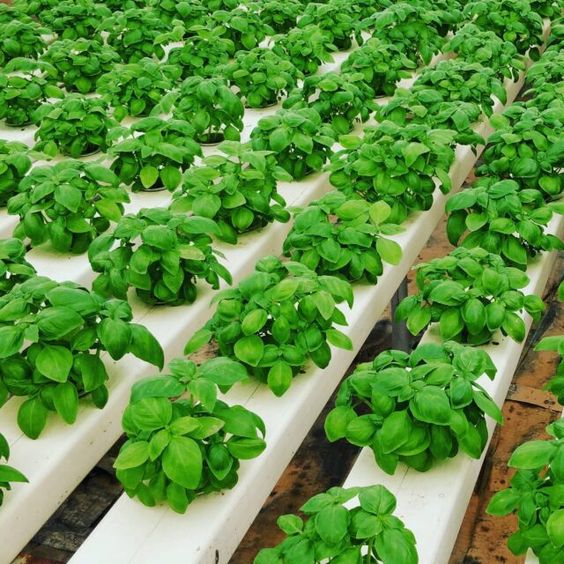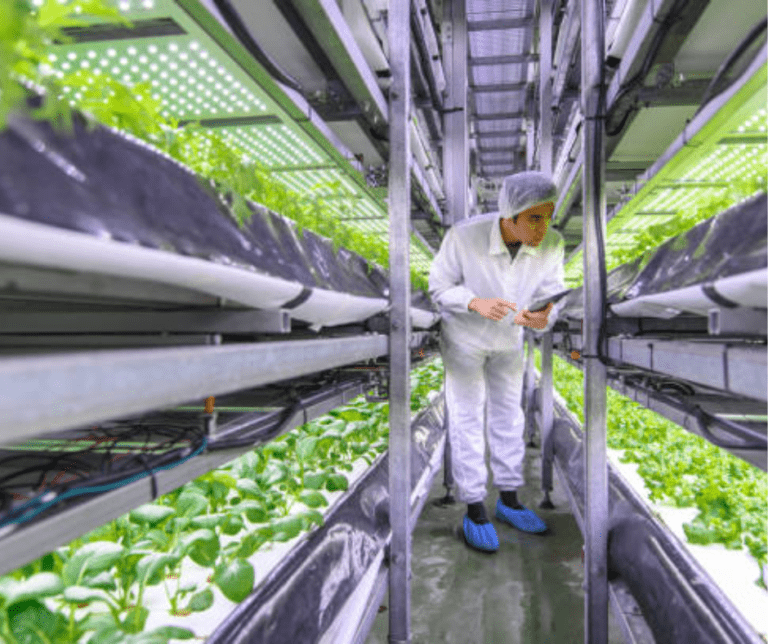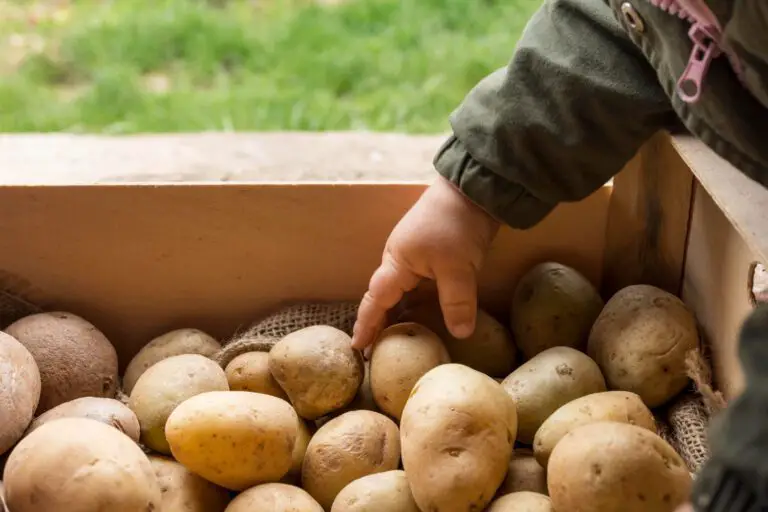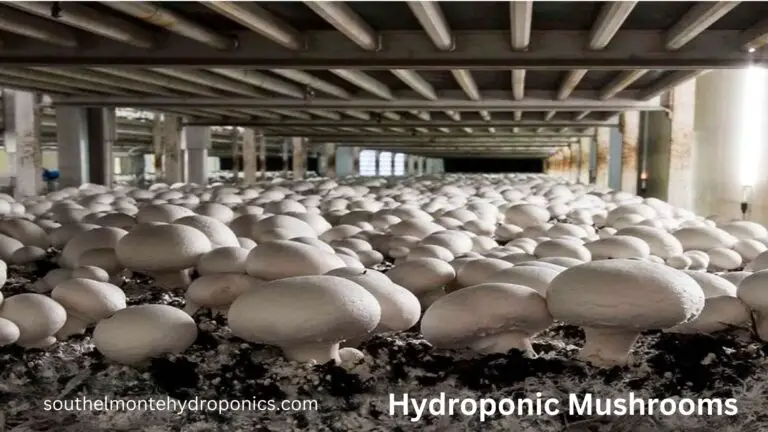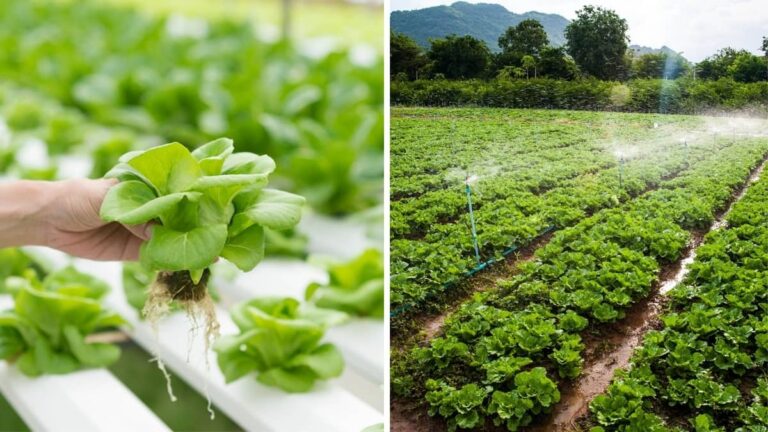A Guide to Growing Hydroponic Oregano and Propagating Cuttings in 5 Steps
Table of Contents
Understanding the Benefits of Hydroponic Oregano Cultivation
Hydroponic oregano cultivation offers a wide range of benefits that make it an appealing option for gardening enthusiasts. One of the key advantages is the ability to control and optimize the growing environment. In a hydroponic system, growers have the power to regulate factors such as light, temperature, humidity, and nutrient levels, ensuring optimal conditions for oregano growth. This precise control not only promotes healthy plant development but also enables faster growth and higher yields.

Additionally, hydroponic cultivation eliminates the need for soil, which can bring several advantages. First, it eliminates the risk of soil-borne diseases and pests commonly associated with traditional soil-based gardening. This greatly reduces the need for chemical pesticides and fungicides, making hydroponically grown oregano a cleaner and more environmentally friendly option. Second, without the limitations and variability of soil quality, the grower has more consistent results and can achieve higher levels of productivity. This is particularly beneficial for commercial growers who rely on a steady supply of high-quality oregano.
Selecting the Ideal Oregano Variety for Hydroponics
When selecting the ideal oregano variety for hydroponics, it’s important to consider the specific qualities and characteristics that will suit your needs and preferences. With a wide range of oregano varieties available, each with its unique flavor profile and growth habits, it can be overwhelming to make the right choice. However, by understanding the different types of oregano and their specific qualities, you can choose the variety that best aligns with your desired outcome.
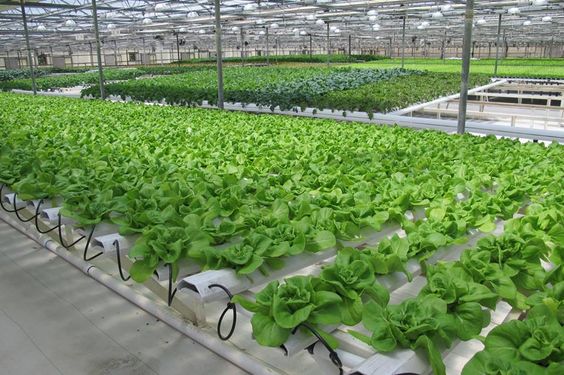
One popular variety for hydroponic cultivation is the Greek oregano (Origanum vulgare hirtum). Known for its robust flavor, Greek oregano is a favorite among culinary enthusiasts. Its highly aromatic leaves are rich in essential oils, making it a fantastic choice for dishes such as pizza, pasta, and Mediterranean cuisine. Another popular option is Italian oregano (Origanum x majoricum), which features a milder flavor and slightly sweeter undertones. This variety is often used in Italian dishes and pairs well with tomatoes, garlic, and other Mediterranean herbs. Other varieties to consider include Turkish oregano (Origanum onites) and Marjoram (Origanum majorana), each offering its own unique flavor and culinary applications.
Ultimately, your choice of oregano variety will depend on your taste preferences, culinary applications, and specific growing conditions. It’s recommended to do thorough research on the different varieties available, considering factors such as flavor profiles, growth habits, and adaptability to hydroponic systems. By carefully selecting the ideal oregano variety, you can ensure a successful and flavorful hydroponic cultivation experience.
Preparing the Hydroponic System for Oregano Cultivation
Preparing the Hydroponic System for Oregano Cultivation
To ensure successful oregano cultivation in a hydroponic system, it is crucial to properly prepare the system before planting. Begin by thoroughly cleaning all the equipment, including the reservoir, pumps, and grow trays, to minimize the risk of disease and pests. Disinfecting the system with a mild bleach solution can be an effective measure to eliminate any potential pathogens.
Next, it is essential to select the appropriate nutrient solution for oregano cultivation. Oregano plants require a balanced hydroponic nutrient solution with macronutrients such as nitrogen, phosphorus, and potassium, as well as essential micronutrients like calcium, magnesium, and iron. It is advisable to use a high-quality commercial nutrient solution tailored specifically for herbs, ensuring that it contains all the necessary elements required for optimum growth.

After selecting the nutrient solution, it is time to set up the hydroponic system’s parameters. pH levels play a vital role in hydroponic oregano cultivation, as they significantly affect nutrient uptake. Oregano prefers a slightly acidic pH range between 5.5 and 6.5. Therefore, constant monitoring of the pH level and adjustments to maintain the desired range are paramount.
Additionally, it is crucial to maintain proper water temperature and dissolved oxygen levels. Oregano thrives in a water temperature range of 65-75°F (18-24°C) and requires adequate oxygenation for healthy root development. Consider integrating an air stone or diffuser into the system to ensure sufficient oxygen saturation.
By taking these necessary steps to prepare the hydroponic system, gardeners can create an optimal environment for successful oregano cultivation. The next step is selecting the ideal oregano variety for hydroponic growth, which will be discussed in the subsequent section.
Creating the Perfect Environment for Oregano Growth
Creating the perfect environment for oregano growth is vital to ensure healthy and thriving plants. Oregano is native to the Mediterranean region, where it thrives in warm and sunny climates. When cultivating oregano hydroponically, it is essential to replicate these conditions to promote optimal growth.
First and foremost, oregano plants require ample sunlight to thrive. Position your hydroponic system in a location that receives at least six to eight hours of direct sunlight each day. If sunlight is limited, consider using artificial grow lights to supplement the natural light. LED grow lights are particularly effective for providing the full spectrum of light that oregano plants need for photosynthesis.
In addition to light, oregano plants require a controlled temperature and humidity level. The ideal temperature range for oregano growth is between 70°F and 85°F (21°C – 29°C). It is important to monitor and maintain the temperature within this range to promote healthy foliage and prevent the risk of plant stress or diseases. Similarly, maintaining a humidity level of around 50% to 60% will help prevent fungal infections and ensure proper moisture levels for the plants.
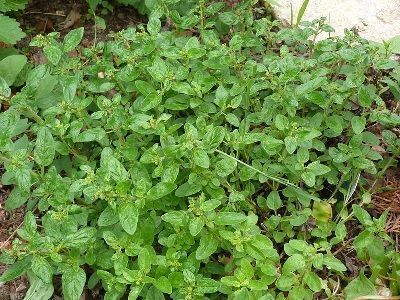
When it comes to air circulation, oregano plants benefit from a gentle breeze. This can be achieved by using fans to provide a steady airflow within the growing area. Good air circulation not only helps with preventing pests and diseases but also promotes stronger plant stems and overall plant health.
Additionally, oregano plants thrive in well-draining growing media. Whether you choose to grow them in soilless mixes like coconut coir or Rockwool cubes, ensuring that the growing medium retains enough moisture while allowing excess water to drain is crucial for avoiding root rot and other water-related issues.
Remember, creating the perfect environment for oregano growth is a crucial step in maximizing your yields and producing high-quality oregano.
Sourcing High-Quality Oregano Cuttings for Propagation
Sourcing high-quality oregano cuttings is crucial for successful propagation in hydroponic systems. When selecting cuttings, it is important to choose ones that are healthy and disease-free. Look for cuttings that have vibrant green leaves, strong stems, and no signs of wilting or discoloration. Additionally, choose cuttings from mature oregano plants that have been well-maintained.
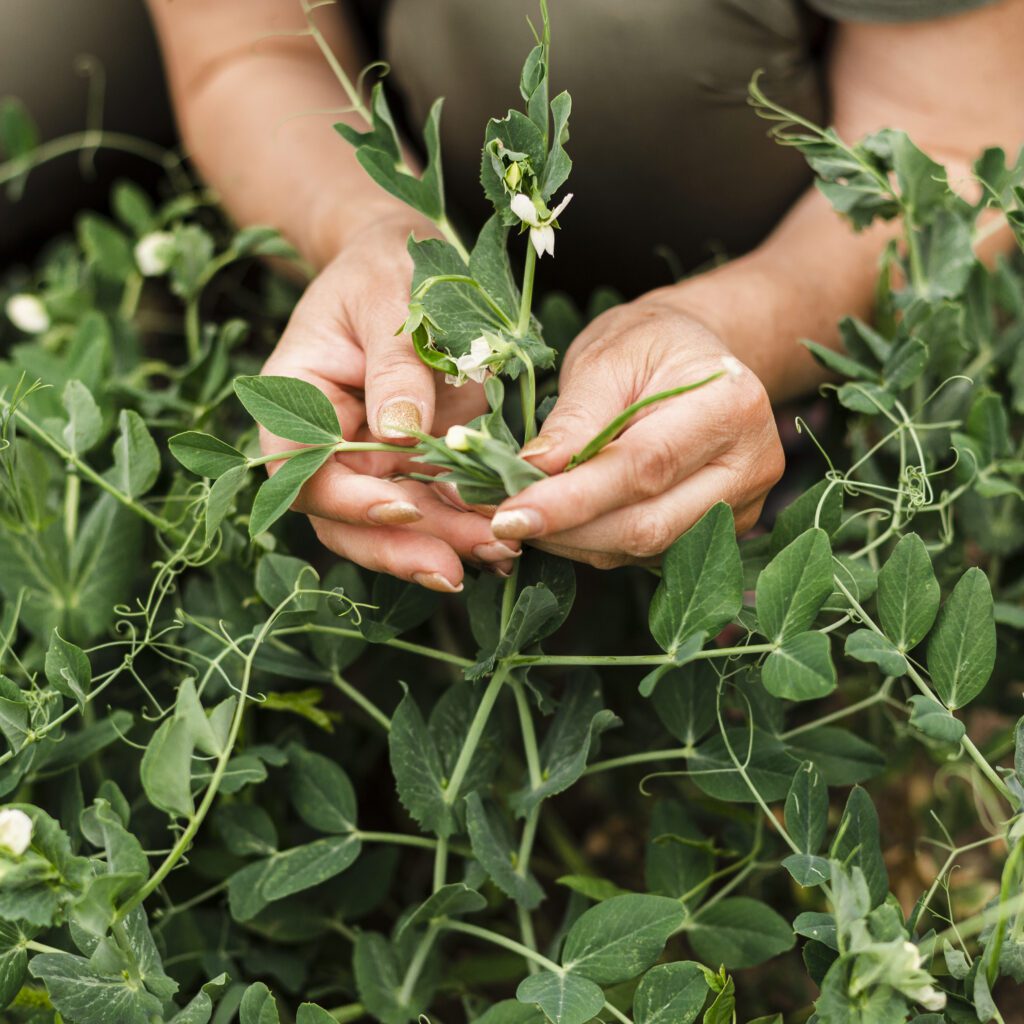
One way to ensure the quality of oregano cuttings is to source them from reputable nurseries or suppliers specializing in hydroponic herbs. These suppliers often have a wide selection of oregano varieties to choose from, allowing you to find the perfect match for your hydroponic setup. It is advisable to inquire about the supplier’s cultivation practices and ask for any certifications or quality guarantees they may have. By obtaining cuttings from trusted sources, you can increase the chances of successful propagation and ultimately achieve a thriving oregano crop in your hydroponic system.
Preparing Oregano Cuttings for Successful Propagation
Preparing oregano cuttings for successful propagation is an essential step in ensuring a healthy and thriving hydroponic oregano garden. The first step is to carefully select the parent plant from which you will take the cuttings. It is crucial to choose a well-established and healthy oregano plant that shows no signs of diseases or pest infestations. By starting with a healthy parent plant, you increase the chances of successfully growing new oregano plants from the cuttings.
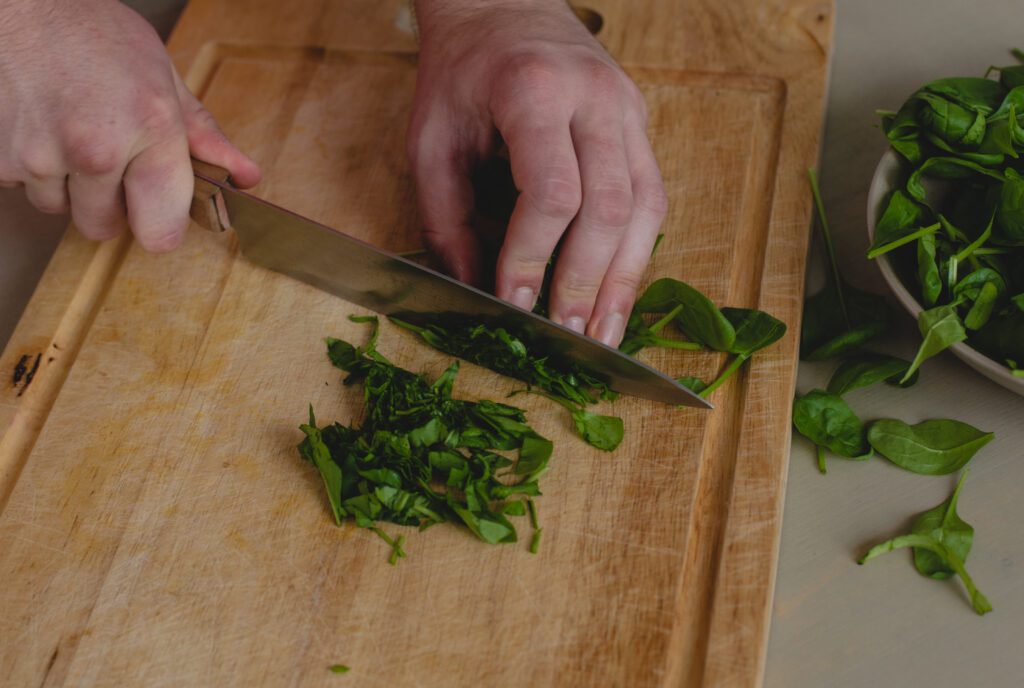
Once you have identified the ideal parent plant, it is time to take the cuttings. Using a sharp, sterilized knife or pruning shears, make a clean cut just below a node—where a leaf emerges—and ensure that each cutting is around 4-6 inches long. It is essential to remove any foliage from the lower part of the cutting to avoid excess moisture loss and encourage root development. The higher up the stem you remove the leaves, the better, as it reduces the likelihood of rot or disease issues. By following these proper cutting techniques, you increase the chances of successful propagation and the development of healthy oregano plants for your hydroponic garden.
Choosing the Right Medium for Oregano Propagation
When it comes to propagating oregano in a hydroponic system, choosing the right medium is crucial for the successful growth and development of the plant. The medium serves as a support structure for the oregano cuttings and provides the necessary nutrients and oxygen for root development. There are several options to consider when selecting the ideal medium for oregano propagation.
Rockwool is a popular choice among hydroponic growers for propagating oregano. It is a lightweight and porous material that retains moisture while allowing for ample aeration. This promotes healthy root growth and helps prevent the risk of overwatering. Another advantage of rockwool is its pH neutrality, which provides an optimal environment for nutrient absorption. Additionally, rockwool cubes are easy to handle and transplant, making them suitable for both beginner and experienced hydroponic gardeners.

Another medium to consider is coconut coir, which is a natural and sustainable alternative to rockwool. Coconut coir is made from the fibrous husk of coconuts and is prized for its water retention properties. It provides excellent drainage while retaining moisture, ensuring that the oregano cuttings receive the right amount of hydration without becoming waterlogged. Coconut coir also offers a neutral pH level, making it ideal for nutrient absorption. Additionally, it is lightweight, easy to handle, and environmentally friendly.
Overall, selecting the right medium for oregano propagation in a hydroponic system plays a crucial role in determining the success of your gardening endeavors. Whether you opt for rockwool or coconut coir, ensuring that your chosen medium provides adequate aeration, moisture retention, and nutrient absorption will contribute to robust root growth and healthy oregano plants.
Providing Optimal Light Conditions for Oregano Cuttings
When it comes to providing optimal light conditions for oregano cuttings in a hydroponic system, there are a few key factors to consider. Oregano plants thrive in full sunlight, so it’s important to ensure they receive an adequate amount of light each day. This can be achieved by providing them with at least 12 to 16 hours of bright, direct light.
One way to achieve this is by using high-quality grow lights specifically designed for hydroponic systems. LED lights are a popular choice due to their energy efficiency and ability to emit light in the red and blue spectrums, which are essential for plant growth. Hang the lights about 12 to 18 inches above the oregano cuttings to ensure they receive an even distribution of light.
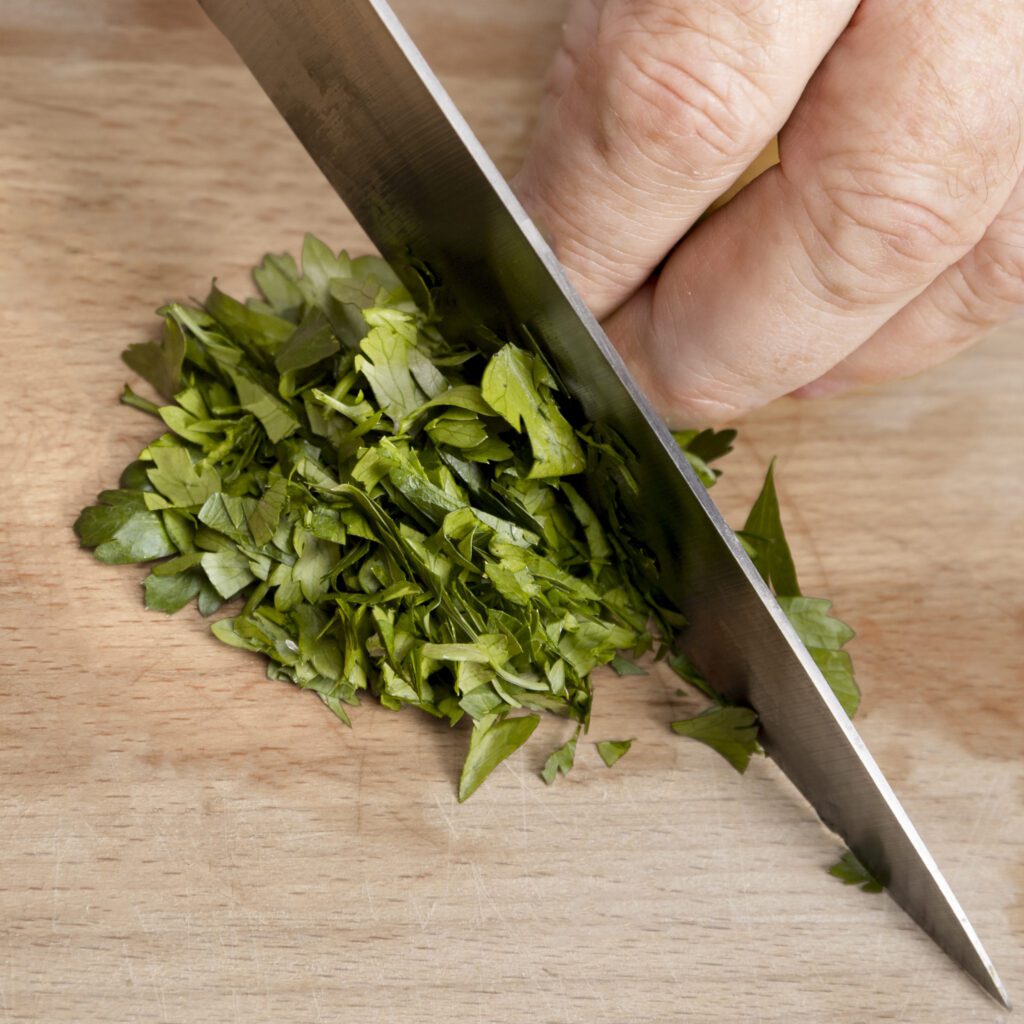
In addition to the duration and intensity of light, it’s also crucial to consider the light cycle for oregano cuttings. Like many plants, oregano requires a period of darkness to rest and rejuvenate. This can be achieved by setting up a timer to simulate natural sunlight cycles. A common practice is to provide 16 hours of light followed by 8 hours of darkness. This ensures that the oregano cuttings receive the necessary light for photosynthesis while still allowing for adequate rest periods.
By providing the right amount of light, both in terms of duration and intensity, you can create optimal conditions for oregano cuttings to thrive in a hydroponic system. However, it’s important to monitor the plants closely and make adjustments as needed to ensure they are receiving the optimal light conditions for healthy growth.
Maintaining Proper Temperature and Humidity Levels
As a hydroponics enthusiast, maintaining proper temperature and humidity levels is crucial to ensuring the success of your oregano cultivation. Oregano, like many plants, thrives under specific environmental conditions, and understanding how to create the ideal atmosphere will significantly impact the growth and yield of your plants.
Temperature plays a vital role in the development of oregano plants. Oregano prefers a temperature range between 70°F and 80°F (21°C to 27°C) during the day and slightly cooler temperatures, around 60°F to 70°F (15°C to 21°C), at night. Consistency in temperature is key, as significant fluctuations can stress the plants and hinder their growth. It is recommended to use a thermometer to monitor and maintain the appropriate temperature within your hydroponic system.
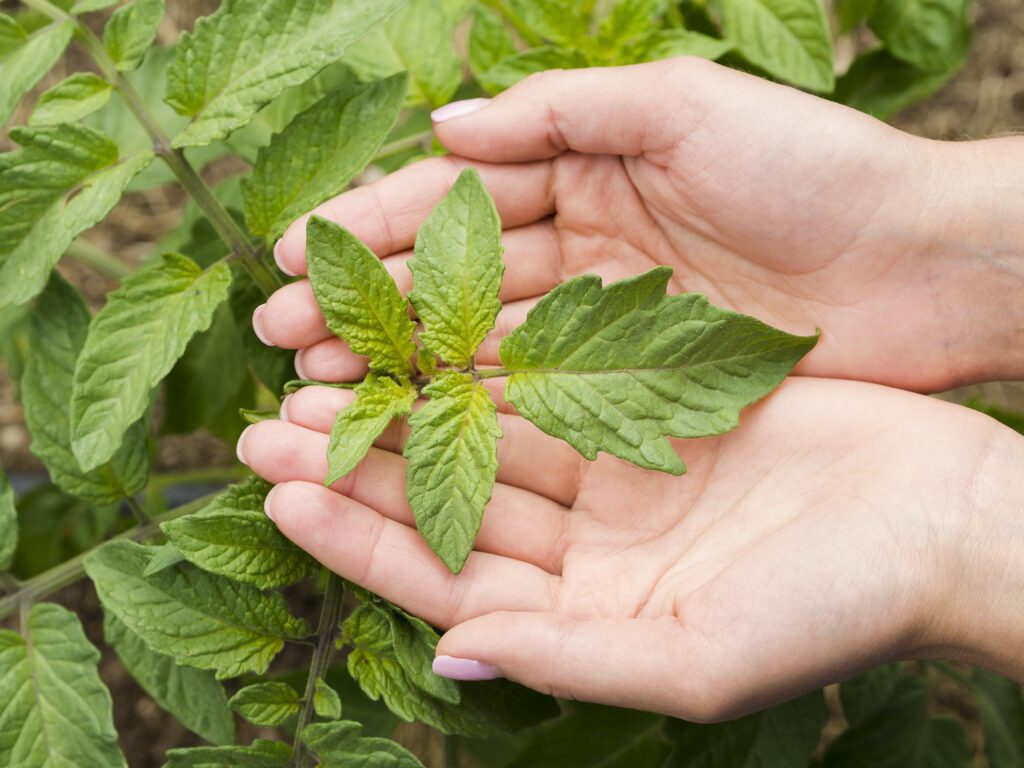
Humidity levels also greatly influence oregano’s growth. Oregano thrives in environments with moderate humidity, ranging between 50% and 60%. To achieve this, it may be necessary to use a humidifier or dehumidifier, depending on the natural humidity levels in your location. Adequate airflow within your hydroponic system is essential to preventing excess moisture buildup and the development of fungal diseases. Additionally, monitoring and adjusting humidity levels will ensure optimal conditions for oregano growth and encourage healthy foliage and essential oil production.
By providing the right temperature and humidity for your hydroponic oregano, you are creating an optimal environment for its growth. In the following sections, we will explore other key factors in successful oregano cultivation, such as nutrient solutions and lighting conditions, to further enhance your understanding and proficiency in hydroponics.
Nutrient Solutions for Healthy Oregano Growth
To ensure healthy growth of oregano in a hydroponic system, it is essential to provide the plant with the right balance of nutrients. Oregano requires a mix of macronutrients, micronutrients, and trace elements to thrive and produce high-quality foliage and aromatic leaves.
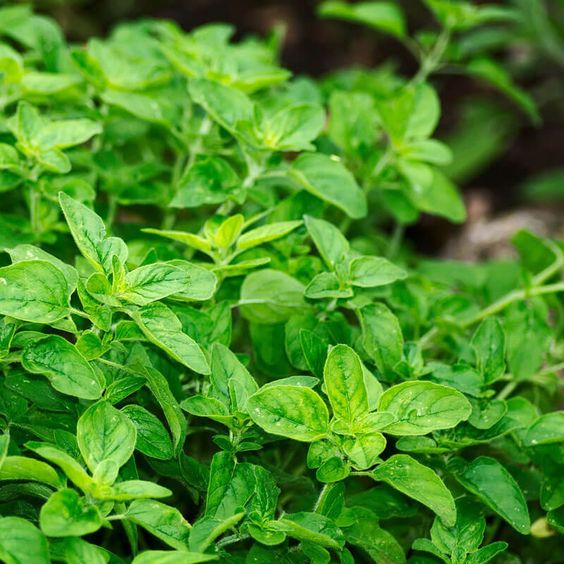
One of the key considerations when selecting a nutrient solution for oregano is the nitrogen to potassium ratio. Oregano is considered a moderate to heavy nitrogen feeder, meaning it requires a higher amount of nitrogen compared to other nutrients. A nitrogen-rich nutrient solution will promote vigorous plant growth and enhance leaf production. However, it is important to strike a balance and avoid excessive nitrogen, as this can lead to soft and weak stems. Potassium is also crucial for oregano’s overall health, as it contributes to disease resistance, root development, and the activation of essential enzymes.
In addition to nitrogen and potassium, oregano also benefits from a range of other nutrients, including phosphorus, calcium, magnesium, and various micronutrients. Phosphorus plays a role in energy transfer and root development, while calcium strengthens cell walls and enhances the plant’s ability to withstand disease and environmental stress. Magnesium is vital for chlorophyll synthesis and the overall functioning of enzymes, while micronutrients like iron, zinc, and manganese aid in various physiological and metabolic processes. By providing a comprehensive nutrient solution that incorporates all these elements, growers can ensure that their hydroponically cultivated oregano receives the ideal nourishment for healthy growth and optimal flavor.
Monitoring and Adjusting pH Levels in the Hydroponic System
Maintaining the proper pH levels is crucial for the successful growth of oregano in a hydroponic system. The pH level refers to the acidity or alkalinity of the nutrient solution in which the plants are growing. Oregano thrives in a slightly acidic environment, with a pH range between 6.0 and 6.5.
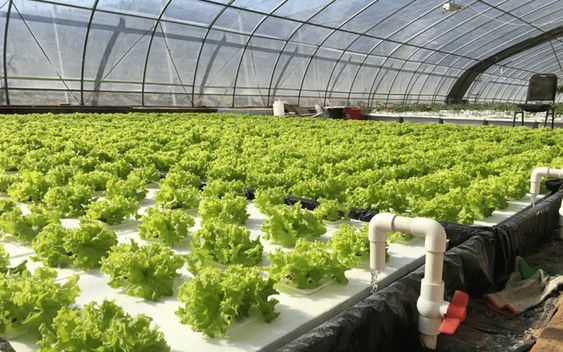
Regular monitoring of the pH levels is essential to ensure that the nutrient solution remains within the optimal range for oregano cultivation. This can be done using a pH meter or pH test strips, which are readily available in gardening stores. Monitoring should be carried out at least once a week, although more frequent checks may be necessary during periods of rapid growth or when adjusting nutrient levels.
If the pH levels drift outside the desired range, adjustments should be made to bring them back into balance. To lower the pH, an acid solution such as phosphoric acid can be added to the nutrient solution in small increments. Conversely, to raise the pH, a base solution such as potassium hydroxide can be used. It is important to make gradual adjustments and retest the pH after each addition, allowing the solution to stabilize before making further modifications. By carefully monitoring and adjusting the pH levels, gardeners can create an optimal growing environment for their hydroponic oregano plants and ensure their health and productivity.
Watering Techniques for Hydroponic Oregano Cultivation
Hydroponic oregano cultivation requires careful attention to watering techniques in order to ensure healthy growth and optimal yields. Proper watering is essential for nutrient uptake and overall plant health, as oregano plants rely on a consistent supply of moisture to thrive.

When it comes to watering oregano in a hydroponic system, it is important to strike the right balance. Overwatering can lead to root rot and other issues, while underwatering can result in stunted growth and poor flavor development. To ensure proper hydration, it is recommended to water the plants when the top inch of the growing medium feels dry to the touch. This can be assessed by gently inserting a finger into the medium and monitoring its moisture level.
In addition to timing, the method of watering also plays a crucial role in hydroponic oregano cultivation. One effective technique is to use a drip irrigation system, which allows for a slow and controlled release of water directly to the plant roots. This helps to prevent waterlogging and promotes efficient nutrient absorption. Another option is the flood and drain method, where the plants are periodically flooded with nutrient solution and then drained, mimicking natural irrigation cycles. Whichever method is chosen, it is essential to ensure that the plants receive adequate moisture without becoming oversaturated.
Pruning and Training Oregano Plants for Maximum Yield
Proper pruning and training techniques are essential for maximizing the yield of oregano plants grown hydroponically. By removing excess growth and shaping the plants, you can encourage healthier foliage production and promote optimal air circulation within the growing area.
When pruning oregano plants, start by removing any dead or damaged leaves or stems. This not only improves the overall appearance of the plants but also prevents the spread of diseases. Additionally, it is important to regularly trim back any excessively long or unruly branches to maintain a compact and bushy growth habit.
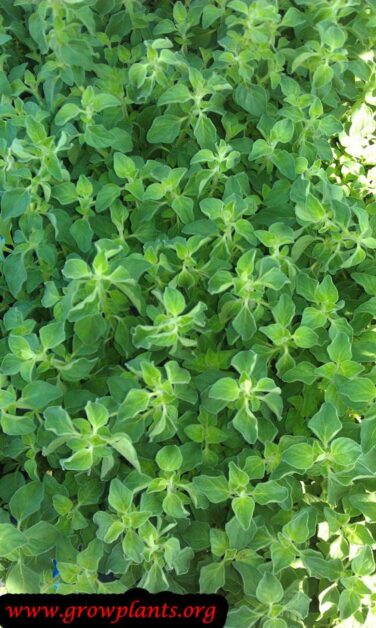
Training techniques, such as pinching, can also be employed to enhance the yield of oregano plants. Pinching involves gently squeezing the topmost portion of the plant between your thumb and forefinger, effectively removing the growing tip. This encourages the plant to branch out and develop multiple stems, resulting in increased foliage production. Regular pinching every few weeks during the growing season will help to ensure a continuous harvest of fresh oregano leaves.
Remember to always use clean, sharp tools when performing pruning and training tasks to minimize the risk of injury or disease transmission. By implementing these techniques, you can optimize the growth and yield of your hydroponically grown oregano plants, ensuring a bountiful harvest of aromatic and flavorful leaves.
Preventing and Managing Common Pests and Diseases
When it comes to hydroponic oregano cultivation, preventing and managing common pests and diseases is crucial to ensuring the health and productivity of your plants. One of the most common pests that can affect oregano is the aphid. These small insects feed on plant sap and can quickly multiply, causing damage to the leaves and stems. To prevent aphid infestations, regularly inspect your plants for any signs of their presence and take immediate action if needed. You can manually remove them by hand or use a mild insecticidal soap to control their population.
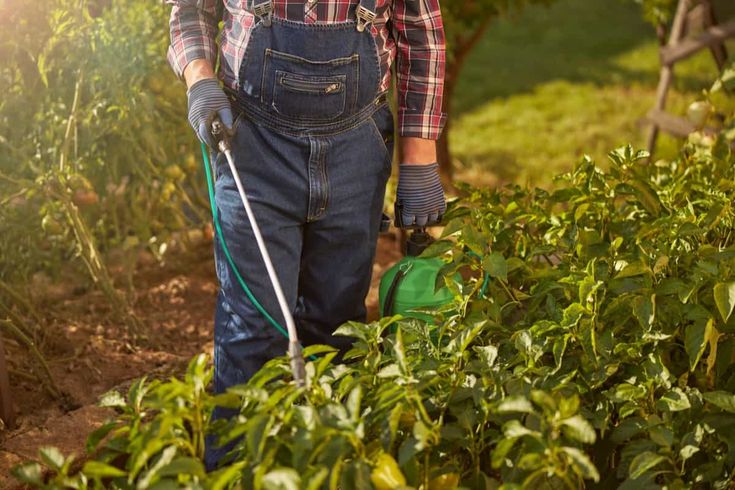
Another common issue in oregano cultivation is powdery mildew, a fungal disease that appears as a white, powdery coating on the leaves. To prevent the spread of powdery mildew, make sure to provide good air circulation around your plants and avoid overhead watering, as moisture on the leaves can promote its growth. If you do notice signs of powdery mildew, remove any affected plant parts immediately and treat the remaining plants with a fungicidal spray. Regularly monitoring your plants for pests and diseases and taking proactive measures will help keep your hydroponic oregano garden healthy and thriving.
Harvesting Oregano Grown Hydroponically
When it comes to harvesting oregano grown hydroponically, timing is key to ensure the best flavor and aroma. Oregano leaves can be harvested once the plant reaches a height of 4 to 6 inches. At this stage, the leaves will have developed their distinctive flavor profile and essential oil content. To harvest, simply snip off the top 1 to 2 inches of the plant, taking care to avoid damaging the remaining foliage.
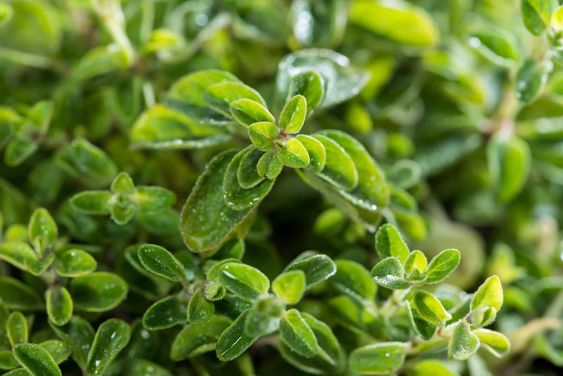
After harvesting, it is important to properly dry the oregano to preserve its flavor and prevent mold or mildew. One effective method is to tie small bundles of oregano stems together and hang them upside down in a cool, well-ventilated area. Alternatively, you can spread the leaves in a single layer on a drying rack or screen. Allow the oregano to dry for about 1 to 2 weeks or until the leaves crumble easily when rubbed between your fingers.
Remember, freshly harvested oregano can also be used immediately in your favorite recipes. The leaves can be used whole or chopped, adding a burst of flavor to soups, stews, sauces, and marinades. Whether you choose to dry your oregano or enjoy it fresh, harvesting at the right time and properly storing it will ensure that you have a plentiful supply of this versatile herb for months to come.
Tips for Successfully Transplanting Hydroponically Grown Oreg
Transplanting hydroponically grown oregano requires careful planning and execution to ensure the health and vitality of the plants. Here are some tips to help you achieve successful transplantation.
First, make sure that the roots of your oregano plants are well-established and healthy. This is crucial for their survival during the transplantation process. Take time to inspect the roots and look for any signs of disease or nutrient deficiencies. If any issues are present, address them before proceeding with transplantation.
Next, prepare the new growing medium or system where you will be transplanting your oregano. Ensure that the medium is appropriate for hydroponic cultivation and provides the necessary support and drainage for the plants. Cleanliness is also key to prevent the introduction of any pathogens or pests.
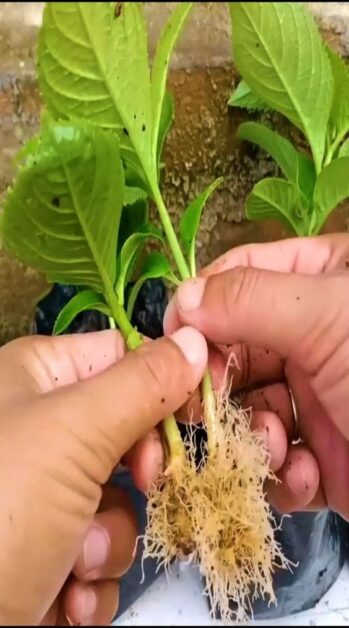
When it comes to the actual transplanting process, handle the oregano plants with care to avoid damaging their delicate roots. Gently remove them from their current hydroponic system, taking care not to disturb the root ball too much. Place them into their new growing medium and ensure that they are securely anchored in place. Proper irrigation and monitoring of environmental conditions in the new system are crucial during the initial stages of transplantation.
By following these tips, you can increase the chances of a successful transplant and set your hydroponically grown oregano plants up for continued growth and productivity.
Can I transplant hydroponically grown oregano into soil?
Yes, you can transplant hydroponically grown oregano into soil. However, it is important to gradually acclimate the plants to the new growing medium to ensure successful transition.
How long should I wait before transplanting hydroponically grown oregano?
It is recommended to wait until the roots of the oregano plant have established a strong and healthy system before transplanting, usually after 4-6 weeks of growth.
What is the best time of year to transplant hydroponically grown oregano?
The best time to transplant hydroponically grown oregano is during the spring or early summer when the plants are actively growing and have optimal conditions for root establishment.
How deep should I plant the oregano when transplanting?
When transplanting oregano, make sure to plant it at the same depth as it was in the hydroponic system. Generally, the crown of the plant should be level with the soil surface.
Should I prune the oregano before transplanting?
It is recommended to prune the oregano before transplanting to promote bushier growth and reduce transplant shock. Trim back any leggy or damaged stems, leaving a few inches of growth.
How often should I water the transplanted oregano?
After transplanting, water the oregano thoroughly and then monitor the soil moisture level. Water the plants when the top inch of soil feels dry to the touch.
Can I use fertilizers after transplanting hydroponically grown oregano?
Yes, you can use fertilizers after transplanting to provide the necessary nutrients for healthy growth. Follow the recommended dosage and frequency specified for oregano cultivation.
How long does it take for transplanted oregano to establish in soil?
It usually takes a few weeks for transplanted oregano to establish in soil. During this time, ensure proper watering and monitor for any signs of stress or nutrient deficiencies.
How can I protect transplanted oregano from pests and diseases?
Implement preventive measures such as regularly inspecting the plants for pests, practicing good hygiene, and using organic pest control methods. Additionally, maintaining proper air circulation can help prevent diseases.
Can I transplant oregano directly from a hydroponic system to a garden?
Yes, you can transplant oregano directly from a hydroponic system to a garden. Just make sure to acclimate the plants gradually to the outdoor conditions to minimize transplant shock.

Kanike Sreekanth, a prolific writer at SouthElMonteHydroponics, brings a unique blend of creativity and scientific rigor to the table. With a degree in Horticulture from a prestigious institution, Kanike’s expertise spans hydroponic farming, plant biology, and agricultural sustainability. Their passion for exploring innovative cultivation methods and promoting environmental stewardship drives them to uncover new insights in the realm of hydroponics. Kanike’s writing serves as a conduit for sharing their knowledge and inspiring others to embrace alternative farming practices for a more sustainable future.

